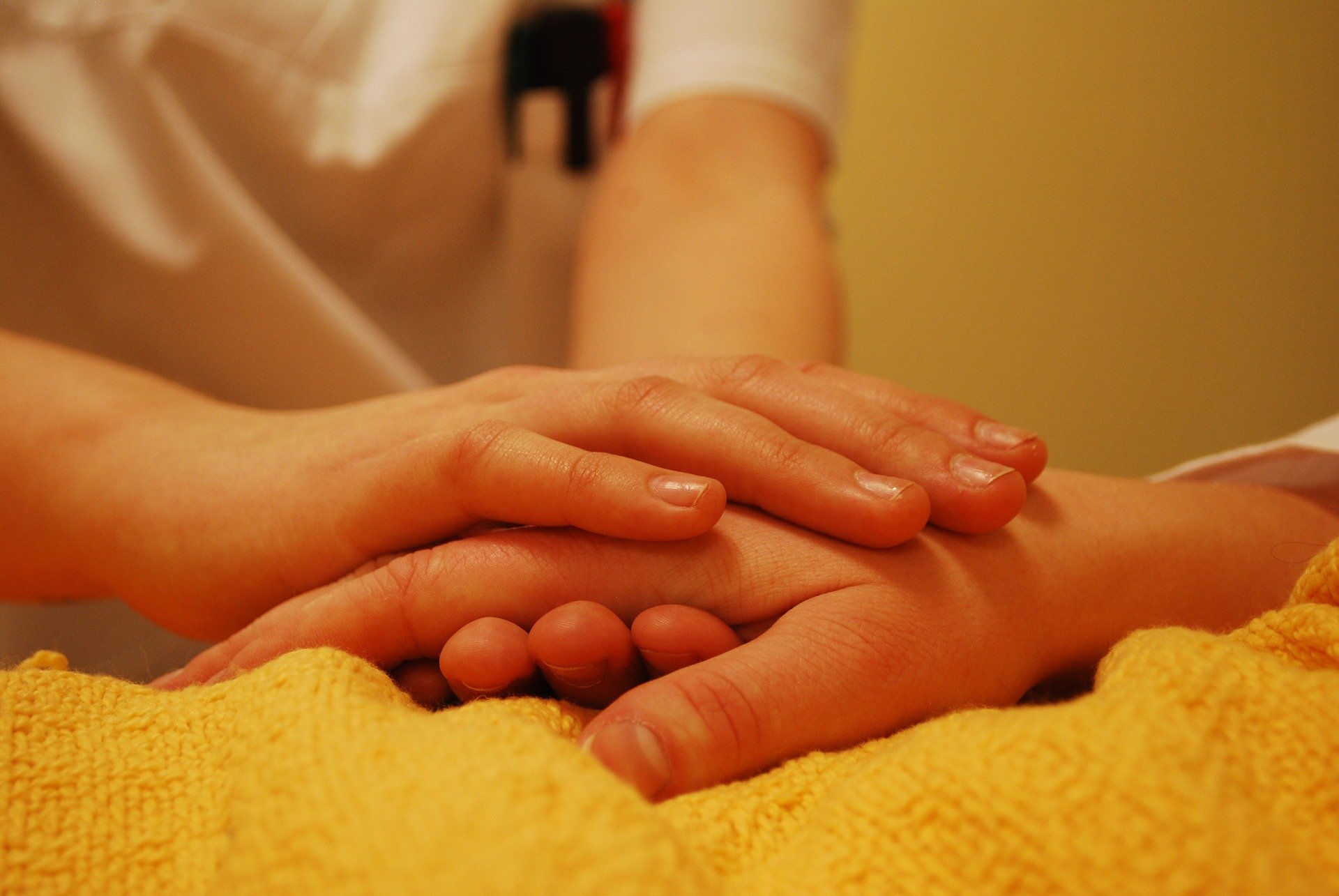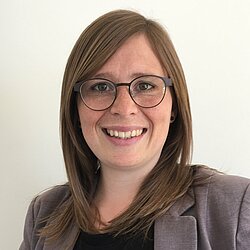Laser-induced cell transfer has been developed in recent years for the flexible and gentle printing of cells. Because of the high transfer rates and superior cell survival rates, this technique has great potential for tissue engineering applications. However, with existing methods inorganic material from a sacrificial layer, which is required for laser energy absorption, is also transferred to the target structure where it contaminates the printed construct. Alternative approaches use deep UV laser sources and protein based acceptor films for energy absorption. However, deep UV radiation can introduce DNA double strand breaks, thereby imposing the risk of cancerogenisis. The high photon densities of near infrared femtosecond lasers provide an alternative approach for energy absorption without the need for light absorbing layers or the risk of DNA damage. Such lasers are the foundations of eye surgery and it has been widely shown no detectable side effects on cell viability.
It this project, we will focus a near infrared femtosecond (fs) laser directly underneath a cell layer, suspended on top of a hydrogel reservoir, to induce a cavitation bubble and generate a jet of material, transferring cells and hydrogel from the reservoir to an acceptor stage. With this procedure, we will be able to precisely arrange mammalian cells and extracellular matrix (ECM) molecules, such as collagen, fibronectin or laminin. Cells will be transferred in control manner in as protein and polysaccharide based hydrogels in 2D and 3D, to create cell nichoids without the drawbacks of contamination by inorganic particles or DNA damage.
The main focus of the PhD project is therefore by using this high-tech approach to create cell nichoids of the musculoskeletal system such as tendon and cartilage niches. For this purpose mesenchymal cells of tenogenic and chondrogenic lineages will be implemented and transferred to gels containing extracellular matrix proteins (e.g. collagens) and organized in a maner specific to the native tissue morphology. Post-transfer, the newly created niches will be evaluated in great detail for sustaining and exhibiting key molecular and cellular features of the tendon and cartilage tissues. Different designs of these cell nichoids, with various molecular and cellular architectures will be used to investigate how cell of the musculoskeletal system interact with their environment and with other cells. This will provide new tools to study the role of ECM architecture and cell environment in the morphogenesis of the musceloskeletal system but also on the pathogenesis of musceloskeletal diseases, such as osteoarthritis or tendinosis.
Laser-induced transfer of human mesenchymal cells using near infrared femtosecond laser pulses for the precise configuration of cell nichoids
MEMBER IN THE JOINT ACADEMIC PARTNERSHIP
from to
Prof. Dr. Heinz Huber
Projects:
- Ultraschnelle Pump-Probe-Ellipsometrie zur Messung transienter optischer Eigenschaften
- Einfluss der Pulsdauer auf den Laserinduzierten Abtrag bei der Lasermaterialbearbeitung von Metallen
- Laser-induced transfer of human mesenchymal cells using near infrared femtosecond laser pulses for the precise configuration of cell nichoids
Prof. Dr. Hauke Clausen-Schaumann
Projects:
- Investigating the role of integrin signaling in articular cartilage biomechanics by indentation type atomic force microscopy and single cell force spectroscopy
- Mechanische Charakterisierung von biologischen Materialien mittels der Laser-Doppler Vibrometrie
- Investigation of structure function relationships in degraded articular cartilage using indentation-type atomic force microscopy and novel strategies to determinethe degradation depth.
- Strukturelle und biomechanische Analyse des Gelenkknorpels von genetischen Mausmodellen mittels Rasterkraftmikroskopie
- Mechanotransduction on the single cell level
- Laser-induced transfer of human mesenchymal cells using near infrared femtosecond laser pulses for the precise configuration of cell nichoids
- Herstellung eines 3D Gewebemodells zur Untersuchung und gezielten Stimulation von Zellmigration und Zellwachstum entlang von E-Modul Gradienten der Extrazellulären Matrix
- Entwicklung einer 3D-gedruckten Mikrofluidik zur Analyse der Fluiddynamik in Blutgefäßen
Prof. Dr. Denitsa Docheva
Forschungsschwerpunkte:
- Sehnen und Bänder: Gewebe Engineering inklusive BayWISS-Stipendium für Laser-Transfer von Stammzellen für Gewebe inspirierte Konstruktion von Zellnischen.
- Sehnen und Bänder: Entwicklungs- und Heilungsprozesse.
- Sehnen und Bänder: Alterung und Degeneration.
Publikationen
Zhang J., Byers P., Erben A., Frank Ch., et al. (2021):
Single Cell Bioprinting with Ultrashort Laser Pulses. Advanced Functional Materials 31, 2100066, https://onlinelibrary.wiley.com/doi/pdf/10.1002/adfm.202100066.
Zhang J., Hartmann B., Siegel J., Marchi G., Clausen-Schaumann H., Sudhop S., et al. (2018):
Sacrificial-layer free transfer of mammalian cells using near infrared femtosecond laser pulses. PLoS ONE 13(5): e0195479.
Präsentationen und Poster
Zhang J. (2020):
Konferenz Online Vortrag: International Conference on Ultrafast Optical Science, 02.10.2020.
Auszeichnungen und Preise
Nano Innovation Award 2021, Center for NanoScience (CeNS), 3. Platz.


